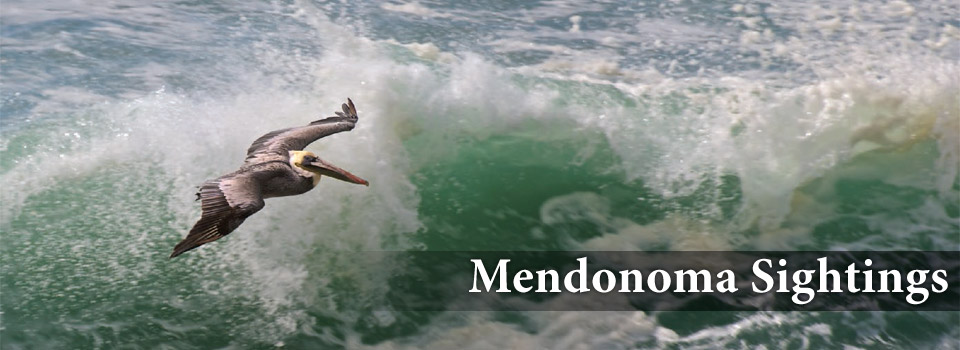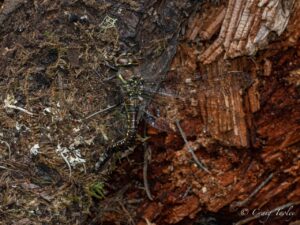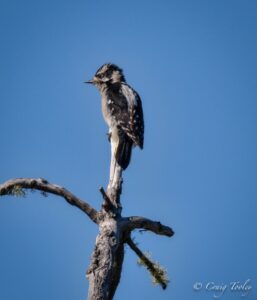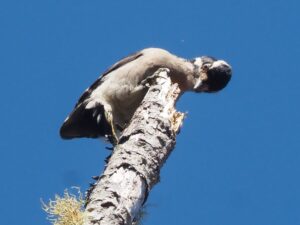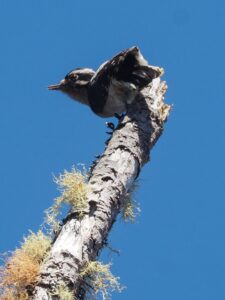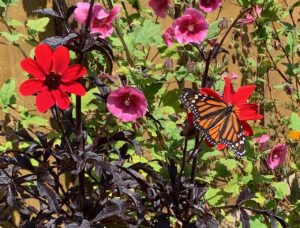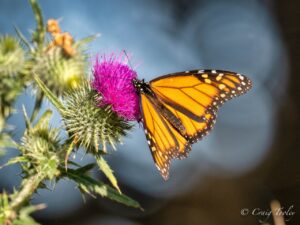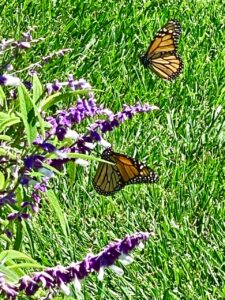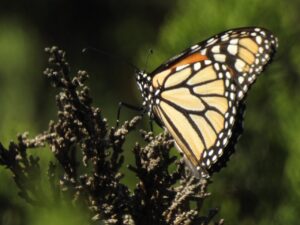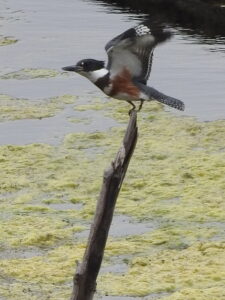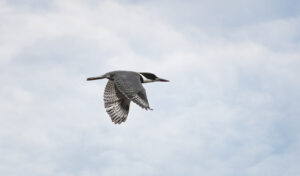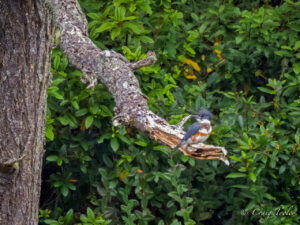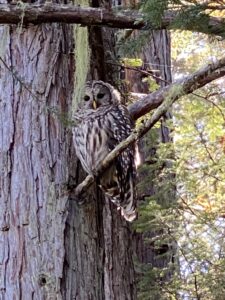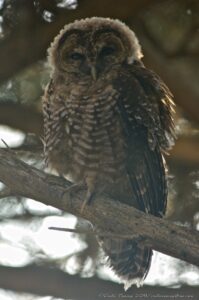Autumn is the time of year that female Dragonflies and Damselflies lay their eggs, usually on aquatic plants or directly on still water. The eggs will hatch in a few days to a few weeks, and the nymphs will begin the underwater portion of their life cycle. Craig Tooley witnessed something different. Craig wrote, “This Dragonfly seem to be laying eggs in this log. It would fly and then bend the tail down just like the ones that were laying eggs in the water. I'm not sure what kind of dragonfly this is. Something interesting last night - I thought the bogeyman was scratching at the window and it turned out it was a Dragonfly attracted by the light of the TV. He particularly seem to like the TV more than just having the lights on in the room. I experimented a little bit and the TV light seem to be what was drawing it in.”
I sent Craig’s photo and sighting to Kathy Biggs, author of “Common Dragonflies of California,” asking if she had seen this before. She wrote back, “Oh yes! This is very common behavior for a Shadow Darner (Aeshna umbrosa) female, and Variable Darner (A. interrupta) females do it too. They use wet wood in the fall. The assumption is that the water level will eventually rise and the wood is a safe place for the egg. Only one egg laid per placement. Interesting about the TV light. I know that sleeping dragonflies sometimes get woken up at night by nearby lights.... but a TV! Wow!!”
Interesting! Thanks to Craig for allowing me to share his photo and to Kathy for her expertise. To see much more of Craig's nature photography, here is his website: http://www.ruffimage.com
You can get Kathy's great reference booklet at the Four-Eyed Frog Bookstore - https://www.foureyedfrog.com/
ooo, it's raining and there is already over .60 inches in my gauge.
